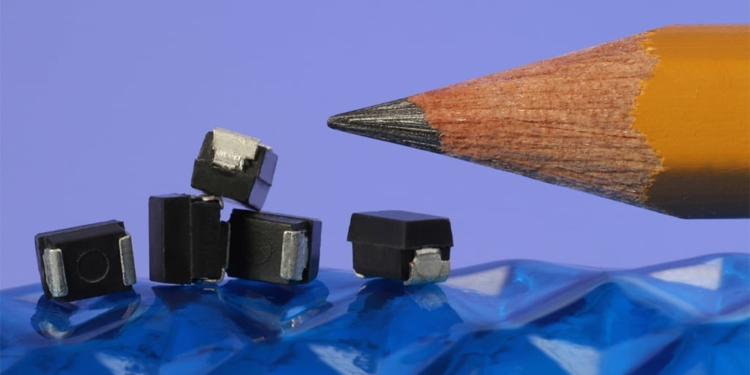source: Gowanda news
Gowanda expanded its SML32S “1210” Shielded Series, increasing the number of parts by 20% and raising the upper level of inductance to 470 uH.
Gowanda, NY (USA) – Gowanda Electronics, a designer and manufacturer of precision electronic components for radio frequency and power applications, announces the expansion of its SML32S series of wirewound, shielded, molded RF surface mount inductors in the “1210” style. This expansion increases the number of individual parts in the series by more than 20% and broadens the inductance range by adding values from 120 to 470 uH.
The expansion was done in order to address the market need for higher inductance shielded inductors in RF applications. Shielded inductors are used specifically in applications where the close proximity of circuit board components requires the inductor to be shielded to minimize interactions and ensure performance of the overall system. Such inductors are used for radio frequency applications in commercial, medical and military communities. That includes use in communication, guidance, security, radar, and test & evaluation applications.
The performance range provided by the expanded SML32S series includes inductance from 0.1 uH to 470 uH, DCR ohms max from 0.15 to 25 and current rating mA DC from 91 to 1175. There are two core types in the series (powdered iron or ferrite). The series operating temperature range is -55°C to +125°C. See table. Links to series information, series datasheet and other helpful information are provided below.

































